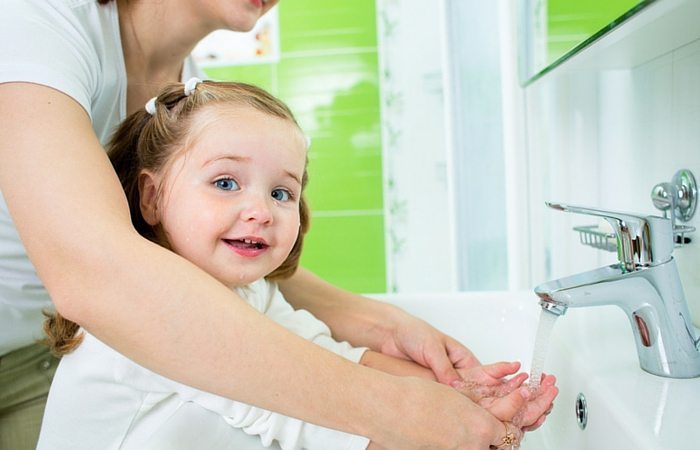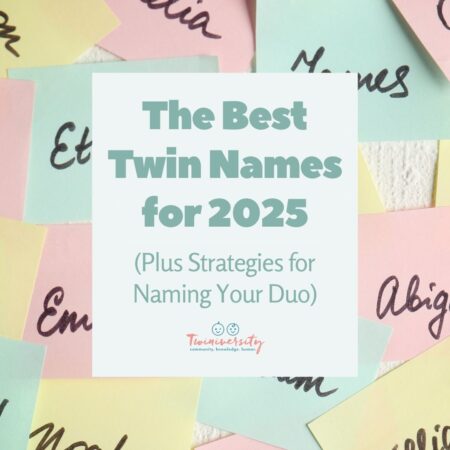Last updated on July 22nd, 2024 at 04:15 pm
With young children it can seem easier to manage all hygiene tasks for our children. After all, toddlers and preschoolers tend to dawdle and are oftentimes messy. In the short run, it may be easier, but in the long run doing everything can prevent kids from developing age appropriate self-help and independent living skills.
When kids finally master self-care tasks, it makes life easier for everyone! Don’t you dream of a time when your kids don’t depend on you for everything?!?! When introducing hygiene skills to young children, make sure any needed items are accessible and easy to use. More importantly, don’t forget they are novices so you’ll have to supervise, check their work, and be very patient. Preschoolers can and should learn the following basic hygiene tasks:
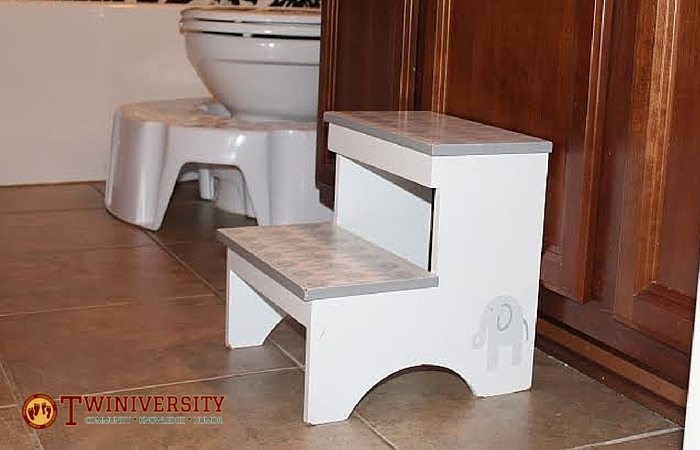
1. Hand Washing
Provide a stable, sturdy stepstool for your child to access the faucet and an easy to pump soap dispenser. Then teach them the mechanics of turning on the water and getting one squirt of soap. Foaming soap tends to be the least messy for small children since it doesn’t drip and seems like “a lot” even with just one squirt. Teach them to wash the top and bottom of their hands as well as between their fingers before rinsing. Finally, teach them to always turn the water off and dry with a nearby towel.
2. Brushing and Flossing Teeth
Once a tooth erupts, you can begin brushing it with a soft toothbrush and a rice size amount of fluoride toothpaste (source, American Academy of Pediatrics). To encourage brushing, allow your older baby or toddler to hold the toothbrush and chew on the bristles. Around age two or three, they can begin learning how to gently brush back and forth before spitting into the sink. An older preschooler will even be able to wet the toothbrush and add toothpaste independently. Individual flossers are a fantastic way to teach young children to floss. They come in fun colors and flavors, and are simple to use.
3. Bathing
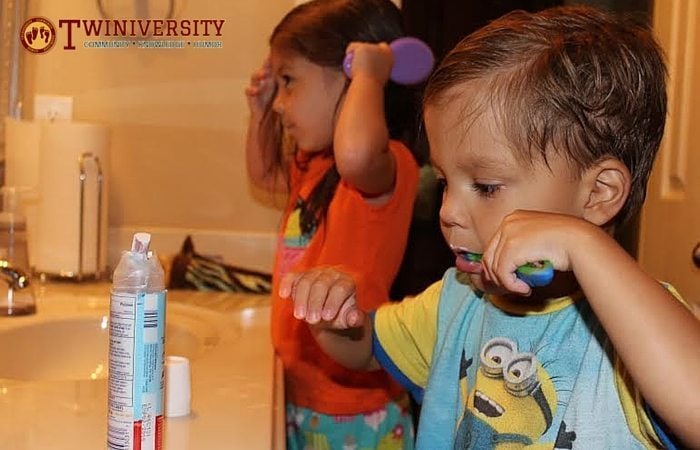
Though bath time requires a lot of parental supervision for safety, preschoolers can begin to take care of many bathing tasks themselves. After wetting your child’s hair, teach him to pump shampoo into his hand then rub it on his head until a lather forms. You’ll need to help him rinse, but he can start filling the cup and pouring it on his head. You can also teach your child to wet a mesh sponge then dispense a drop of body wash onto it. Teach him to rub his legs, tummy, arms, backside, and feet before rinsing.
4. Hair Brushing
If your child has a lot of hair, or hair that tangles easily, spritz her hair with detangling spray first. Then, using a wide tooth comb or a “wet brush“, show your child how to start at the bottom of the hair and work up until all tangles are removed. This task will take a lot of practice and time for children to master since it’s difficult for them to reach the top of their head, but it’s worth introducing early.
5. Face Washing
After meals or snacks, show your child how to wipe his mouth using a damp cloth or baby wipe. You can also leave washcloths near the sink and teach him how to dampen the cloth himself.
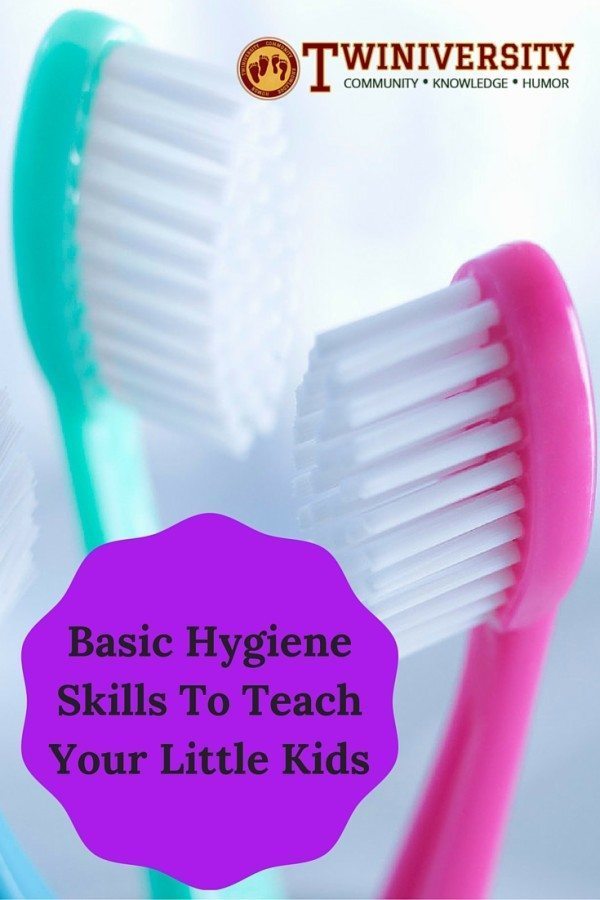
As with teaching any new skill to a preschooler, the use of songs can help them remember the necessary steps while making it fun. Check out This Reading Mama for a list of songs related to hygiene and other daily tasks. They are all simple and sung to the tune of other familiar songs. Or, if you’re inclined make up your own as you go! Don’t worry if you lack musical talent, I promise, it’s not necessary. I cannot carry a tune, but my kids all sing my hand washing song when they wash their hands!
Teaching basic hygiene to preschoolers can be frustrating at times, but remember it’s a long term investment and one day you’ll wonder when you last washed your child’s hair.

Amber Shawver and her husband, George, are the proud parents of girl-boy-girl-boy quadruplets who debuted in 2012. Amber draws from her experiences working in childcare settings and as a school based behavioral consultant to manage raising quadruplets at home. Amber continues to practice school psychology part-time in an urban school district. She chronicles life raising quadruplets at Four to Adore. You can also find her on Facebook, Pinterest, and Twitter.
Related Articles
- Bathtime For Two: Tips To Make Bathing Twins Easier
- Cleaning With Kids Around
- Age Appropriate Chores for Kids 2 to 14 Years Old
Are You a New Twin Parent?
Check out Natalie Diaz’s book:
“What To Do When You’re Having Two
The Twin Survival Guide From Pregnancy Through the First Year”
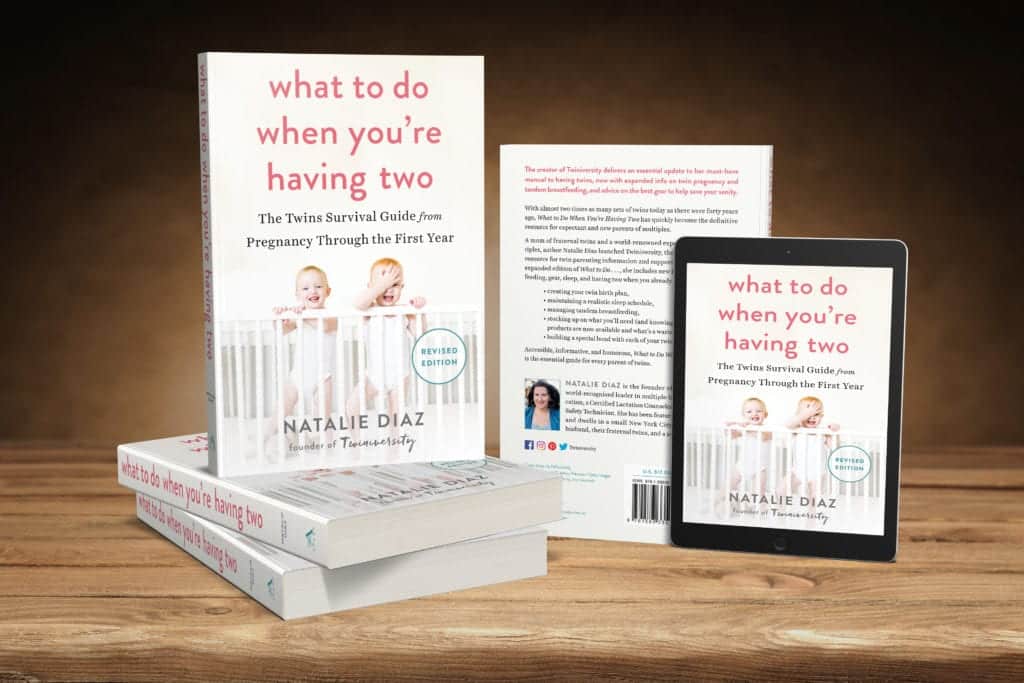
In What to Do When You’re Having Two: The Twins Survival Guide from Pregnancy Through the First Year, national twins guru and founder of Twiniversity (and twin mom herself!) Natalie Diaz provides a no-holds-barred resource about life with twins, from pregnancy and birth all the way through your duo’s first year of life.
Accessible and informative, What to Do When You’re Having Two
is the must-have manual for all parents of twins.

Have you taken your expecting twins class yet? We offer a great class on demand so you can take it on your own schedule! There are so many video modules covering everything from your twins’ baby registry to your first week at home with twins! Sign up today to get started before your twins arrive.
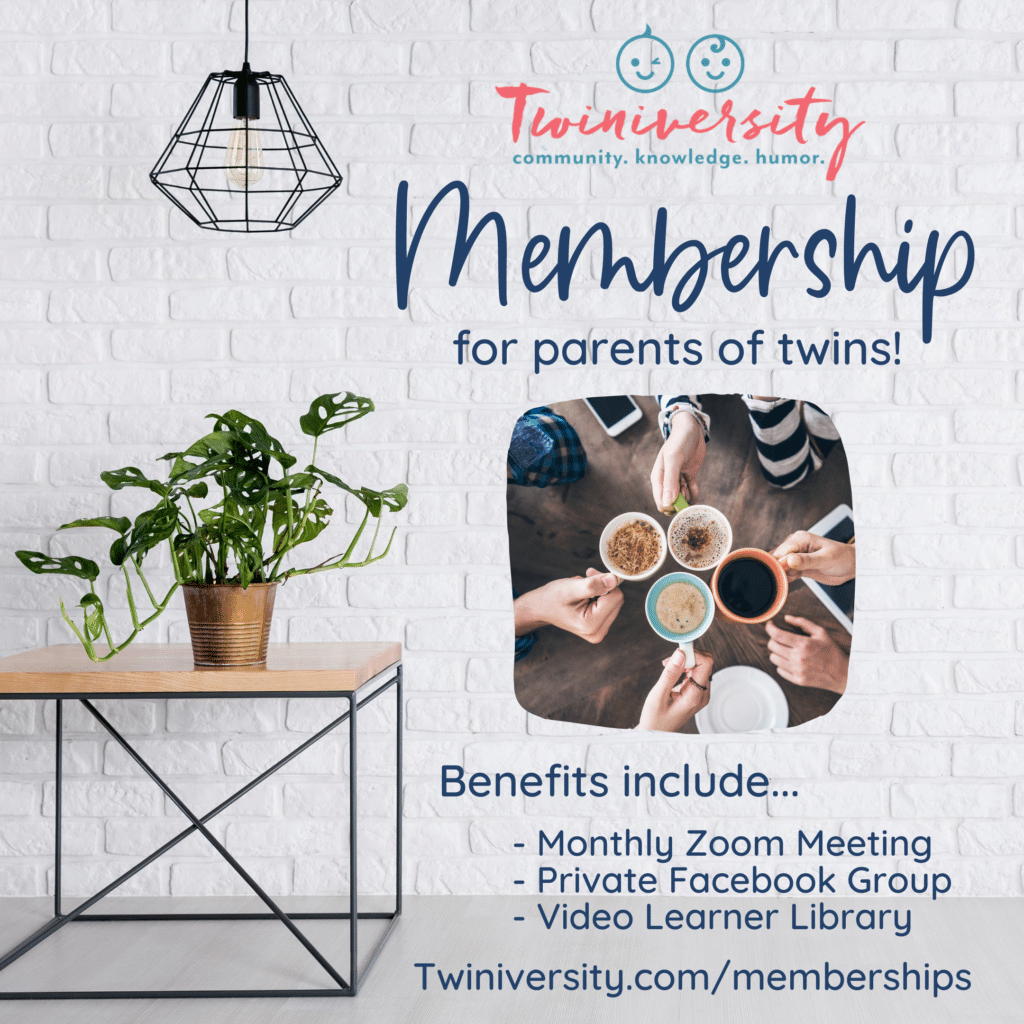
Need some twin parent friends? Get the support you need with a Twiniversity Membership. Benefits include a monthly twin parent club meeting on Zoom, access to a private Facebook group just for twin parents, and a video library of twin parenting lessons. Visit Twiniversity.com/membership to join today!
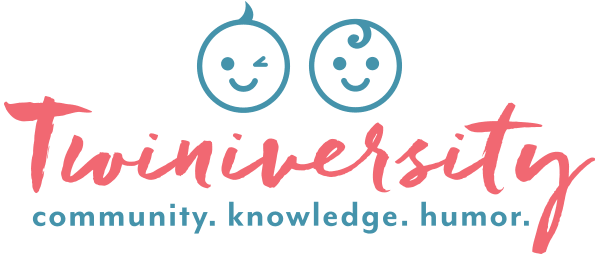
Twiniversity is the #1 source for parents of
multiples, and we are growing faster every day!
Find us all over the web:
Or contact us by email at community@twiniversity.com

